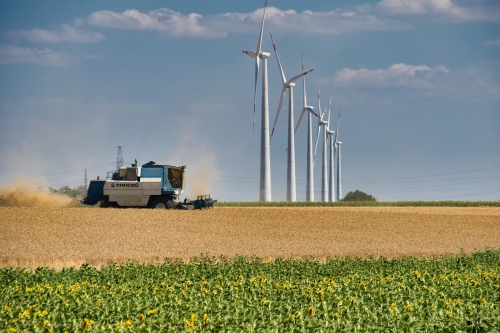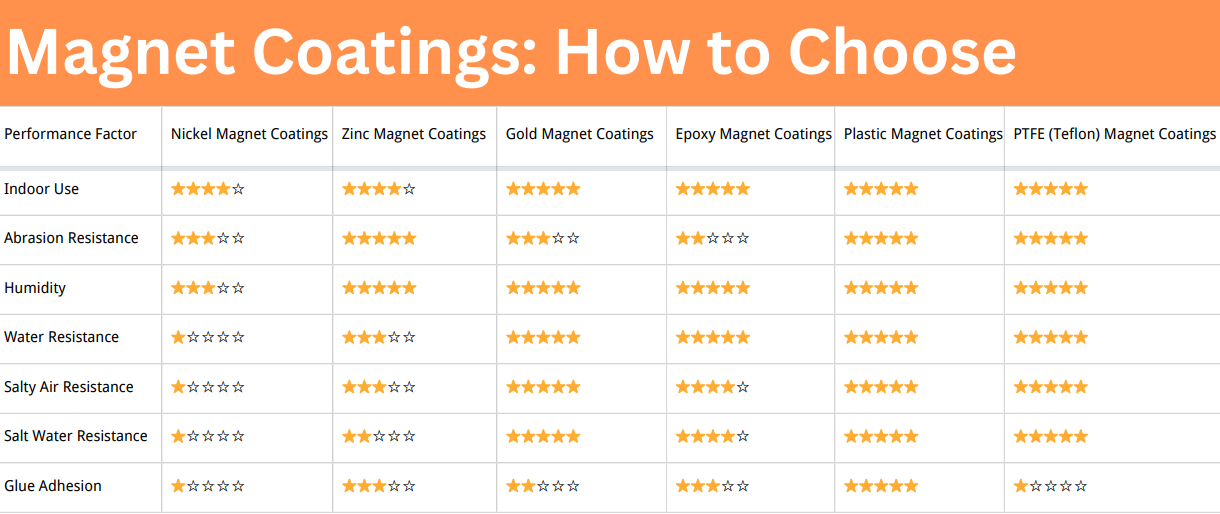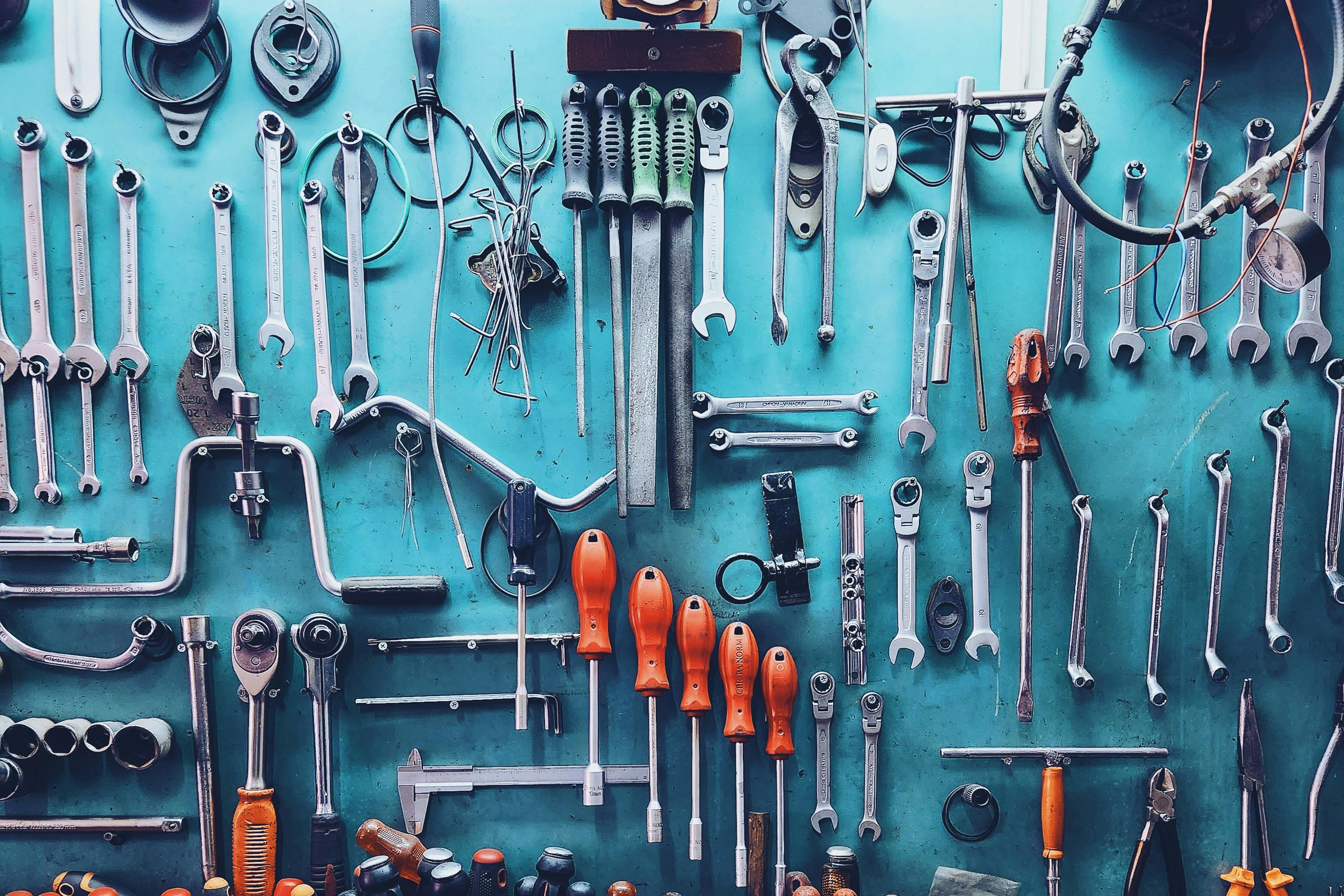Permanent Magnets vs. Electromagnets: Optimizing Wind Turbine Performance
Introduction
Both permanent magnets and electromagnets play significant roles in wind turbine generators, each offering distinct advantages and limitations. This article discusses the characteristics, benefits, and challenges of using permanent magnets versus electromagnets in wind turbines, providing insights into optimizing wind turbine performance.
Understanding Wind Turbines
Wind turbines are devices that convert kinetic energy from wind into electrical power through the use of rotor blades that spin a generator. As wind passes over the blades, it creates lift, causing the rotor to turn and drive the generator to produce electricity. Wind turbines are crucial for renewable energy generation, contributing significantly to reducing carbon emissions. In 2021, global wind power capacity reached 837 GW, accounting for over 6% of the world's electricity supply, showcasing their vital role in the transition to sustainable energy sources.
The efficiency of wind turbines heavily depends on the generator's ability to convert mechanical energy from wind into electrical energy effectively. Permanent magnets (PMs) and electromagnets (EMs) are the two primary types used in wind turbine generators. Understanding their differences is key to optimizing wind turbine performance.

Related reading: Application of Permanent Magnets in Wind Turbines
Permanent Magnets
Permanent magnets are materials that generate a consistent magnetic field without the need for an external power source. The most common types used in wind turbines are neodymium-iron-boron (NdFeB) and samarium-cobalt (SmCo) magnets. These magnets are known for their high magnetic strength and stability.
Advantages of Permanent Magnets:
- High Efficiency: PMs provide a strong and constant magnetic field, which enhances the efficiency of the generator. This results in higher energy conversion rates and better overall turbine performance.
- Low Maintenance: Since PMs do not require an external power source, they eliminate the need for brushes and slip rings, reducing wear and tear and minimizing maintenance requirements.
- Compact Design: The high magnetic strength of PMs allows for a more compact and lightweight generator design, which can reduce the overall size and weight of the wind turbine.
Challenges of Permanent Magnets:
- Cost: The use of rare earth elements like neodymium and samarium makes PMs relatively expensive. The cost of these materials can be volatile due to supply chain issues and geopolitical factors.
- Temperature Sensitivity: PMs can lose their magnetic properties at high temperatures, which can be a concern in certain operating conditions. Advanced cooling systems are often required to maintain optimal performance.
- Environmental Impact: The extraction and processing of rare earth elements have significant environmental impacts, including habitat destruction and pollution.
Electromagnets
Electromagnets generate a magnetic field through the flow of electrical current in coils of wire. In wind turbine generators, the rotor contains electromagnets that require an external DC power source to create the magnetic field.
Advantages of Electromagnets:
- Adjustable Magnetic Field: The strength of the magnetic field in EMs can be easily controlled by adjusting the current flow. This allows for more flexibility in managing the generator's performance and adapting to varying wind conditions.
- Cost-Effective Materials: EMs are typically made from readily available materials like copper and iron, making them less expensive than PMs. This can result in lower upfront costs for the generator.
- High-Temperature Performance: EMs are less sensitive to high temperatures compared to PMs, which can be advantageous in harsh operating environments.
Challenges of Electromagnets:
- Lower Efficiency: EMs require a continuous supply of electrical power to maintain the magnetic field, leading to higher energy consumption and lower overall efficiency compared to PMs.
- Complexity and Maintenance: The use of brushes and slip rings to deliver current to the rotor increases the complexity of the system. These components are subject to wear and require regular maintenance and replacement.
- Larger and Heavier Design: EMs generally result in a larger and heavier generator design, which can increase the overall size and weight of the wind turbine. This can impact the installation and structural requirements of the turbine.
Optimizing Wind Turbine Performance
The choice between PMs and EMs in wind turbine generators depends on various factors, including efficiency, cost, maintenance, and environmental impact. Here are some considerations for optimizing wind turbine performance:
- Efficiency Prioritization: For applications where high efficiency and low maintenance are critical, PMs are the preferred choice. Their ability to provide a strong, stable magnetic field without additional power input makes them ideal for maximizing energy conversion.
- Cost Management: In situations where initial cost and material availability are major concerns, EMs offer a more cost-effective solution. The use of common materials and the ability to adjust the magnetic field can provide significant savings.
- Operating Conditions: For turbines operating in high-temperature environments or where the ability to control the magnetic field is essential, EMs may be more suitable. Their resilience to temperature fluctuations and adjustable field strength provide operational flexibility.
- Environmental Considerations: The environmental impact of magnet production should not be overlooked. Sustainable practices in sourcing and recycling rare earth materials can mitigate some of the ecological concerns associated with PMs.
- Hybrid Solutions: Combining the strengths of both PMs and EMs in a hybrid generator design can offer a balanced approach. Such designs can leverage the efficiency of PMs while utilizing the adjustability of EMs to optimize performance under varying conditions.
Conclusion
Both permanent magnets and electromagnets have their unique advantages and challenges in wind turbine applications. The choice between the two depends on specific project requirements, including efficiency, cost, maintenance, and environmental impact. By carefully considering these factors and exploring hybrid solutions, it is possible to optimize wind turbine performance and contribute to the advancement of sustainable energy generation. For more information, please check Stanford Magnets.














